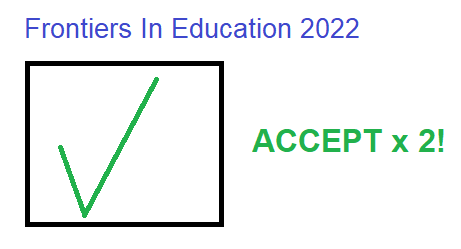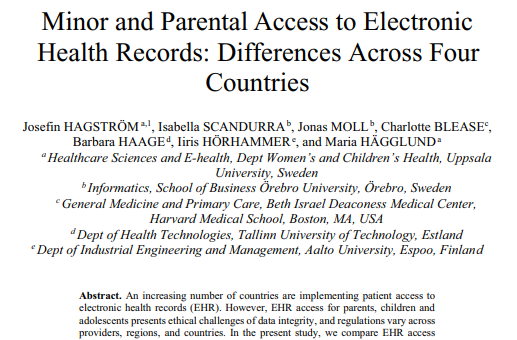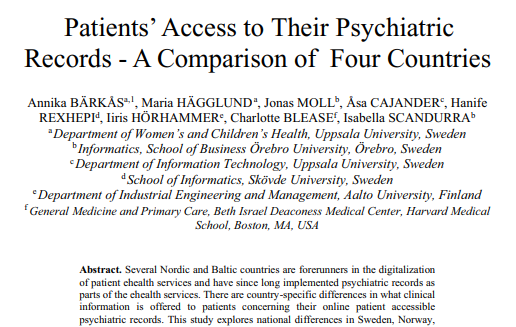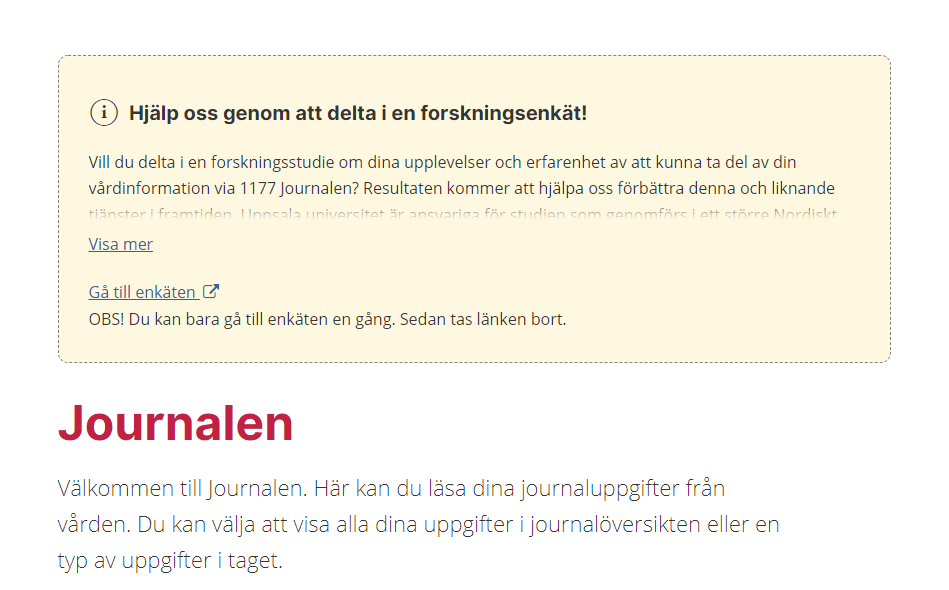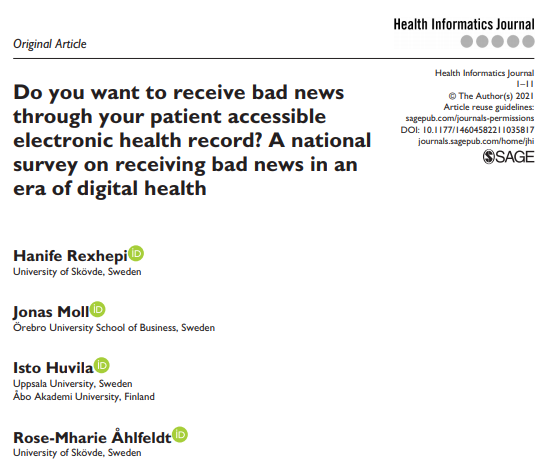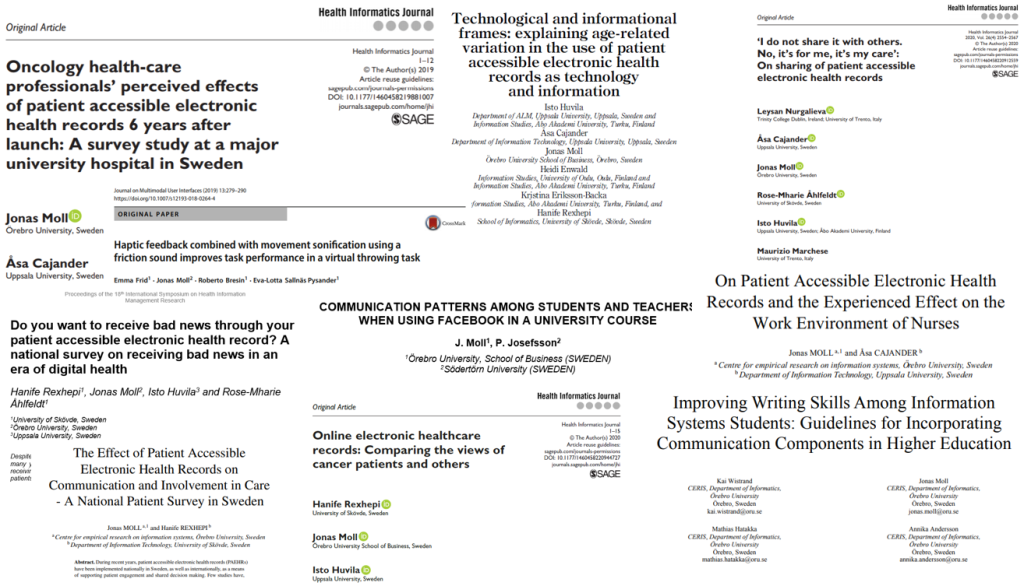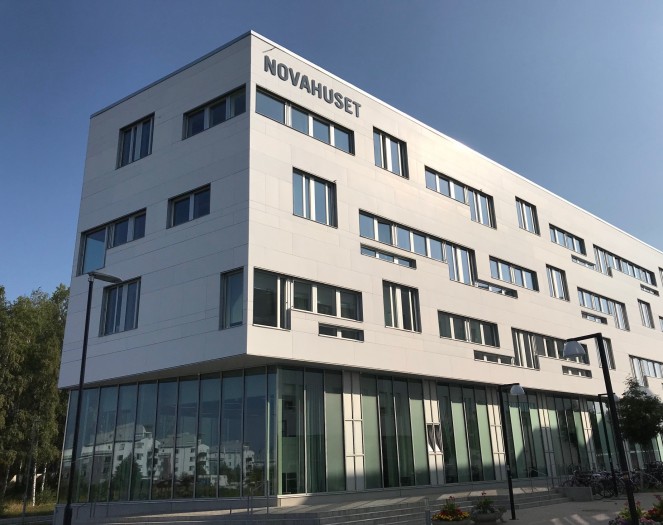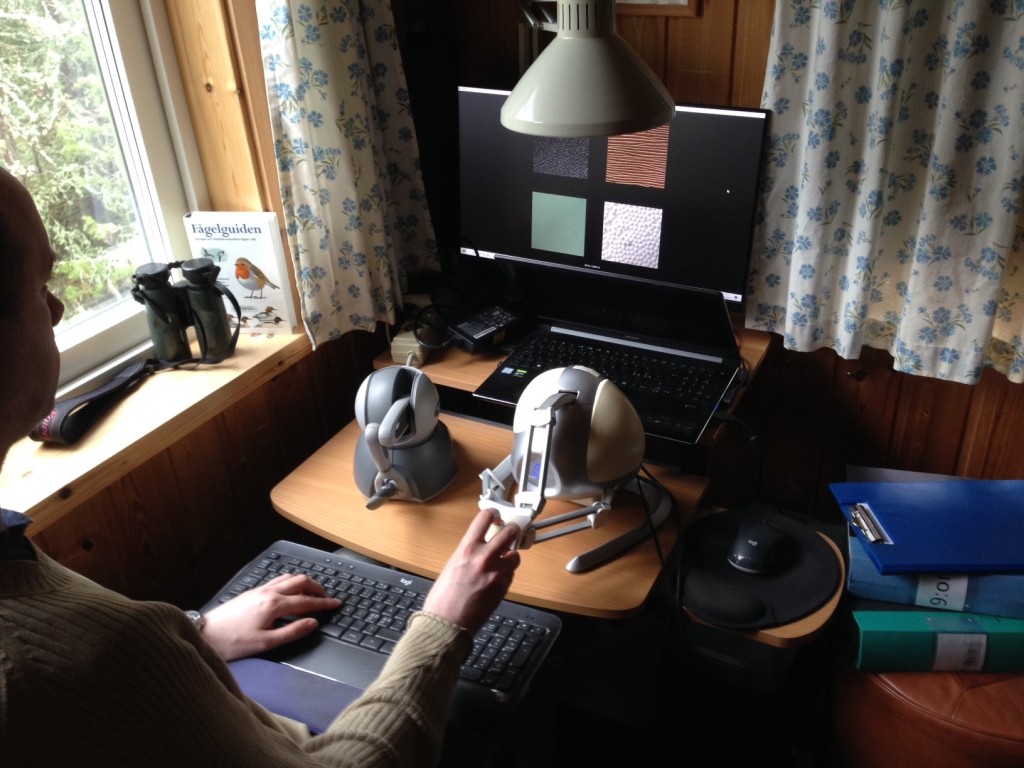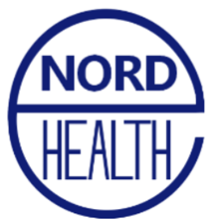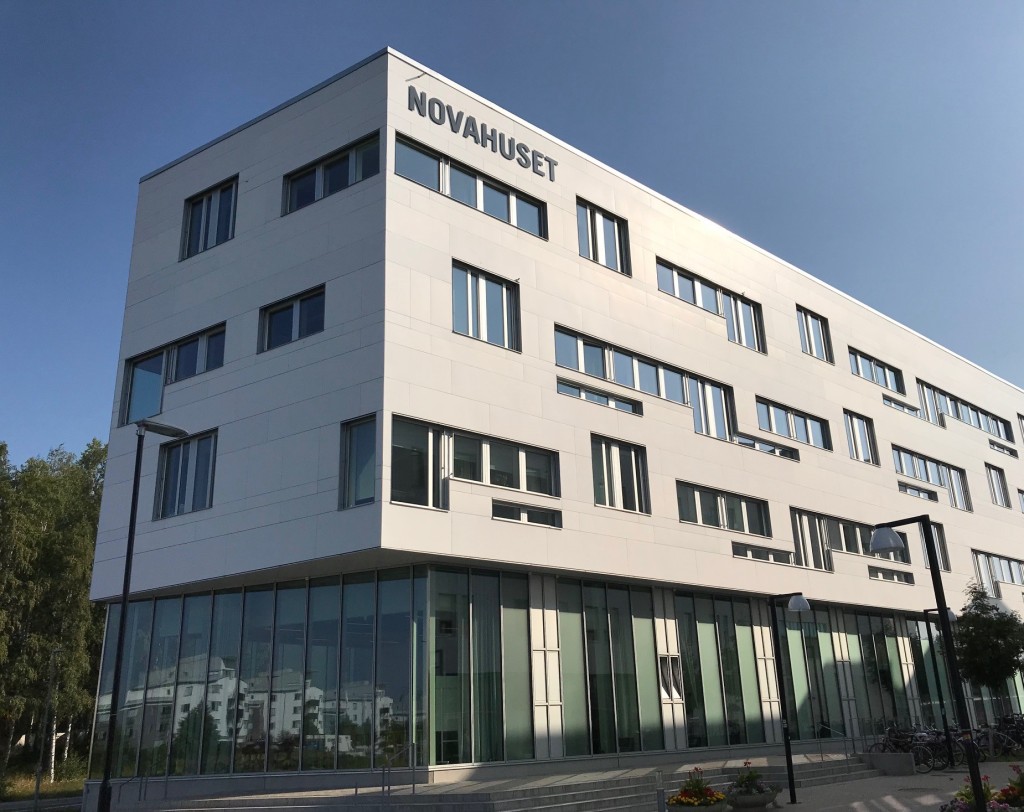In my last blog post I began my summary of the first half of my assistant professorship at Örebro University. In this blog post I will write more about the research part. During these last two years I have conducted research within these three different areas:
- eHealth services for patients
- accessible collaborative digital learning environments
- teaching in higher education
My initial idea was to write one single blog post where I would summarize my research activities within all these areas, but I soon realized that the blog post would be too long. Instead, this post will focus on the first area, and the next two posts will focus on the second and third area, respectively.
eHealth services for patients
Just like I was before I started working at Örebro University, I have been a regular member of the DOME (Development of Online Medical records and E-health services) research consortium. This consortium gathers researchers from several Swedish universities and I have really enjoyed the collaboration with other DOME-researchers ever since I joined 2016. At the time I started up my assistant professorship, DOME was not externally funded (members were involved in e.g. Forte projects, but the consortium was not funded as a whole). During the first months at Örebro University I was one of many DOME researchers who wrote an application to NordForsk, in collaboration with partners from Finland, Norway, Estonia and USA. This was of course a great opportunity to fund the consortium as well as strengthening the collaboration with researchers in other countries who also focus on the implementation and effects of eHealth services for patients. The result of this hard work was the NordForsk-funded project NORDeHEALTH (Nordic eHealth for Patients: Benchmarking and Developing for the Future)! You can read more about the partners and the focus of the project in this blog post and of course on the official project webpage. The three-year project has now been running for around 8 months. Our project leader, Maria Hägglund from Uppsala University, leads management meetings each month, where most researchers participate, and we also have shorter informal “coffee and chat” sessions twice a month.
I really enjoy being a part of the NORDeHEALTH project and we have a really nice mix of researchers from several different disciplines! The only real down side up to this point is related to the pandemic – we have been working together for several months and we have still not gotten the opportunity to actually meet in person. Hopefully, we will be able to meet for the first time in December.
My responsibilities in the project are to lead the team at Örebro University and to co-lead the work package “WP 2 – National socio-technical contexts and policies” together with Isabella Scandurra. In this blog post you can read about the first months of work in our work package. We are currently working with collecting data related to the Swedish patient portal 1177 and the Swedish patient accessible electronic health record system Journalen. It will be very interesting to compare the results from the different countries later on during the autumn! Quite soon, large surveys will also be distributed in the participating Nordic countries and interview studies with both patients and healthcare professionals will be carried out. I will get back on this later on. There is no doubt that this project will play an important role when it comes to for example the understanding of the implementation and effects of eHealth services for patients, as well as future development of these kinds of services (at least) in the Nordic countries.
Before NORDeHEALTH started, I mostly worked with data from the large national patient survey that I have been writing about many times on this blog, and I was also part of a smaller research collaboration with my colleague Gunnar Klein and Region Örebro regarding the region’s implementation of video visits in primary care. Hopefully, new funding will come in making it possible to study both the implementation and initial effects of engaging in video visits, in depth. I would definitely welcome such a research project. I mentioned the successful research application above, but of course some unsuccessful ones were handed in as well. Four applications (one to the Swedish Research Council, one to AFA Insurances and two to Forte) were declined. Three of them were focusing on different aspects of patient accessible electronic health records and shared decision making and the fourth, to AFA Insurances, focused on how digital technology could be, and should be, used when relatives communicate with dying relatives without being able to meet in person. I assume that we will be making new rounds with the applications during this autumn and next year.
When it comes to conferences I have participated in both Vitalis and The International Symposium for Health Information Management Research (ISHIMR), which were both held online. You can read about my online Vitalis experience here and you can actually find the video presentation that Hanife Rexhepi and I used for the ISHIMR conference here.
